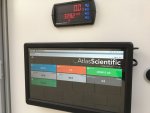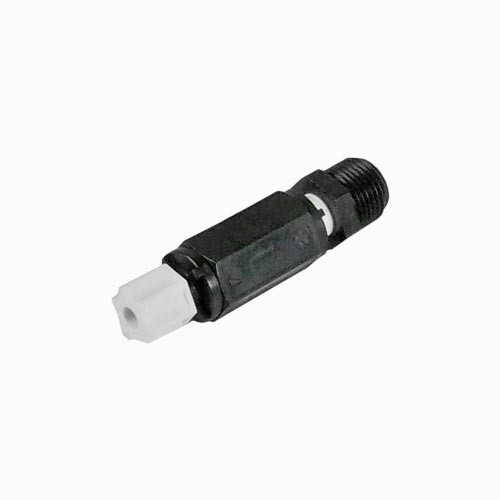Hi,
I am slowly but surely starting to add automation to my pool to make the maintenance a little easier on me. It started by installing a simple Sonoff Dual R2 device so I could automate the timing of my pool pump & lights & control them both via Wifi. I've been really happy with this setup so far. Next, I'm about to add a pH & ORP sensors to more accurately measure my pH & chlorine levels. But the next project I'm contemplating is to use peristaltic pumps to also automate my pool chemical intake. I'm currently running my pool off of muriatic acid, 3" trichlor pucks with cal hypo shock, but I've done the math and I'm probably spending more money overall vs liquid chlorine. Liquid chlorine obviously more of a daily intake which is why I'd like to move to something that can more precisely measure the amount that goes in and take care of it daily. I get that such a setup isn't as get and forget as it may sound and that the lines can break and the pumps also stop working over time, but I'm hoping that it's still cheaper and less work than handling it myself everyday. Long story short, I'm investigating adding this to my current system, but I'm struggling to find a few answers.
For reference, I've been looking at using the Atlas Scientific sensors & pumps because they're tinker-friendly and would allow me to control everything through Wifi including sensors that could detect line breaks and when the bins run out of liquid.
I can't seem to find proper connectors to connect the silicone tubing of the pump to my pool's PVC tubing. What connectors are available to do that? Can they properly handle the pool's pressure or do they have a check valve so that the fluid also flows in one direction? I wouldn't want my pool pump's pressure to push fluid against the pump's direction. Worst, I'd hate for fickle connectors to leak chlorine or acid on the floor.
Any link here would also help me. This is for a residential pool and the pump's rate is fully progarmmable. In theory, I could make the rate very slow such that we wouldn't really need to "close the pool" while chemicals are added. What would be a maximum acceptable rate to add chlorine & acid at such that it wouldn't cause issues?
I am slowly but surely starting to add automation to my pool to make the maintenance a little easier on me. It started by installing a simple Sonoff Dual R2 device so I could automate the timing of my pool pump & lights & control them both via Wifi. I've been really happy with this setup so far. Next, I'm about to add a pH & ORP sensors to more accurately measure my pH & chlorine levels. But the next project I'm contemplating is to use peristaltic pumps to also automate my pool chemical intake. I'm currently running my pool off of muriatic acid, 3" trichlor pucks with cal hypo shock, but I've done the math and I'm probably spending more money overall vs liquid chlorine. Liquid chlorine obviously more of a daily intake which is why I'd like to move to something that can more precisely measure the amount that goes in and take care of it daily. I get that such a setup isn't as get and forget as it may sound and that the lines can break and the pumps also stop working over time, but I'm hoping that it's still cheaper and less work than handling it myself everyday. Long story short, I'm investigating adding this to my current system, but I'm struggling to find a few answers.
For reference, I've been looking at using the Atlas Scientific sensors & pumps because they're tinker-friendly and would allow me to control everything through Wifi including sensors that could detect line breaks and when the bins run out of liquid.
I can't seem to find proper connectors to connect the silicone tubing of the pump to my pool's PVC tubing. What connectors are available to do that? Can they properly handle the pool's pressure or do they have a check valve so that the fluid also flows in one direction? I wouldn't want my pool pump's pressure to push fluid against the pump's direction. Worst, I'd hate for fickle connectors to leak chlorine or acid on the floor.
Any link here would also help me. This is for a residential pool and the pump's rate is fully progarmmable. In theory, I could make the rate very slow such that we wouldn't really need to "close the pool" while chemicals are added. What would be a maximum acceptable rate to add chlorine & acid at such that it wouldn't cause issues?





